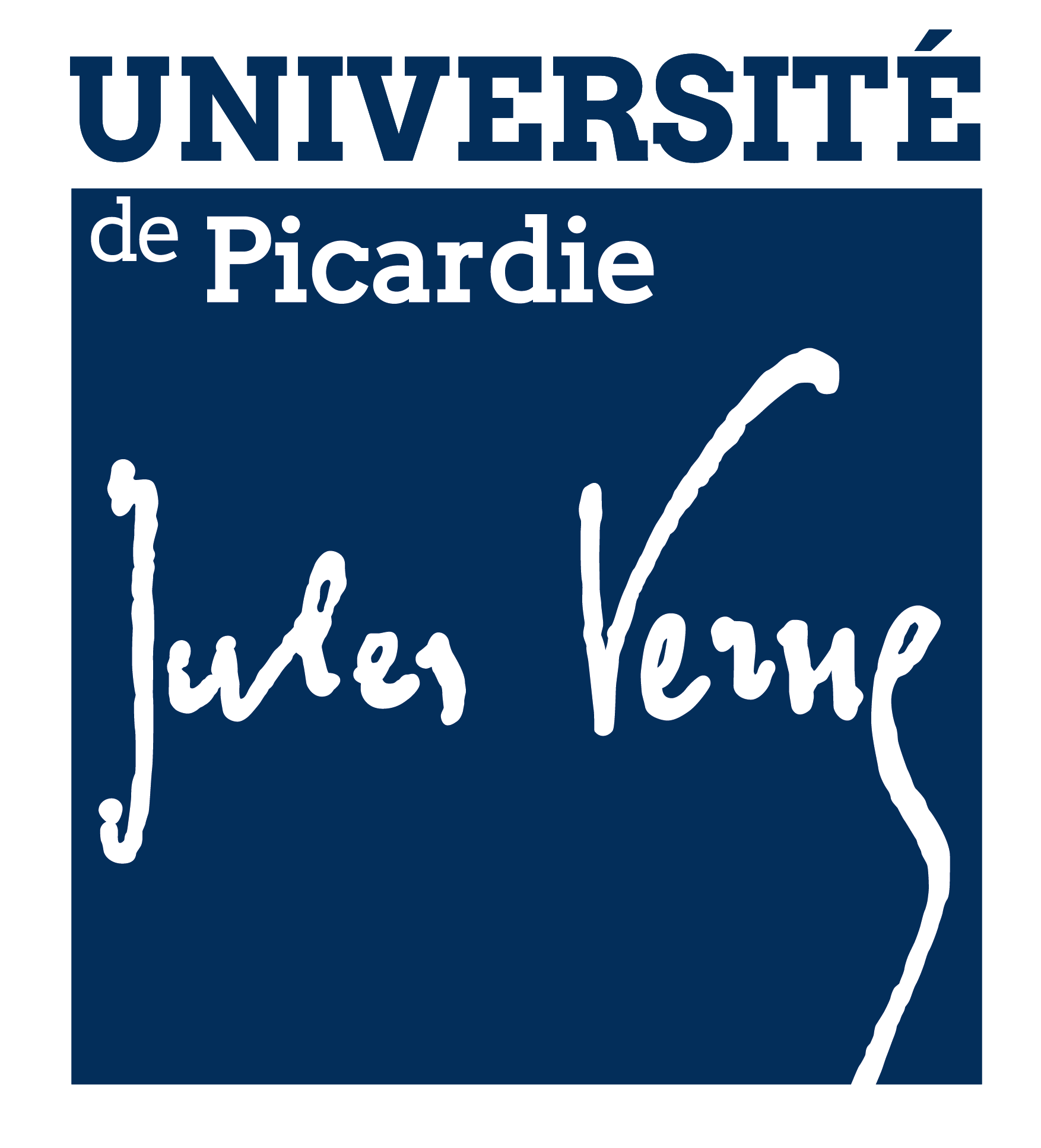Deconvoluting the impacts of the active material skeleton and the inactive phase morphology on the performance of lithium ion battery electrodes
Résumé
In order to extract the most capacity out of Li-ion battery (LIB) active materials, the optimization of the electrodes architectures at the mesoscale is essential. This work focuses on the morphology of the inactive phase (carbon additives and binder) through a 3-D modeling approach based on stochastic generation of electrode mesostructures with realistic LiNi1/3Mn1/3Co1/3O2 particle size distributions. It was found that having the inactive phase as a film spread on the active material results in poorer performance in part due to the loss of active surface area when compared to an agglomerate-like morphology.
Domaines
Matériaux
Origine : Fichiers éditeurs autorisés sur une archive ouverte
Licence : CC BY NC ND - Paternité - Pas d'utilisation commerciale - Pas de modification
Licence : CC BY NC ND - Paternité - Pas d'utilisation commerciale - Pas de modification




